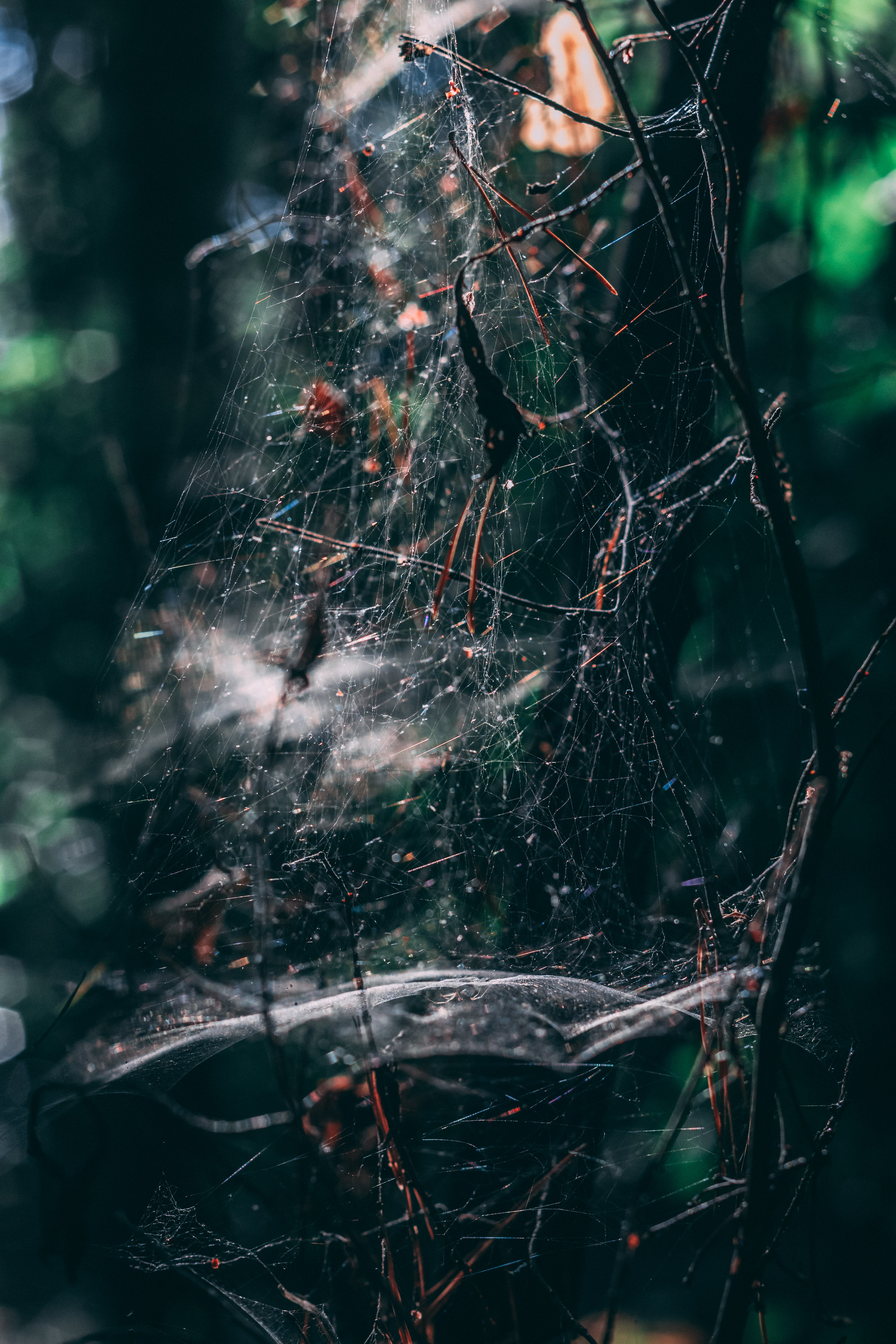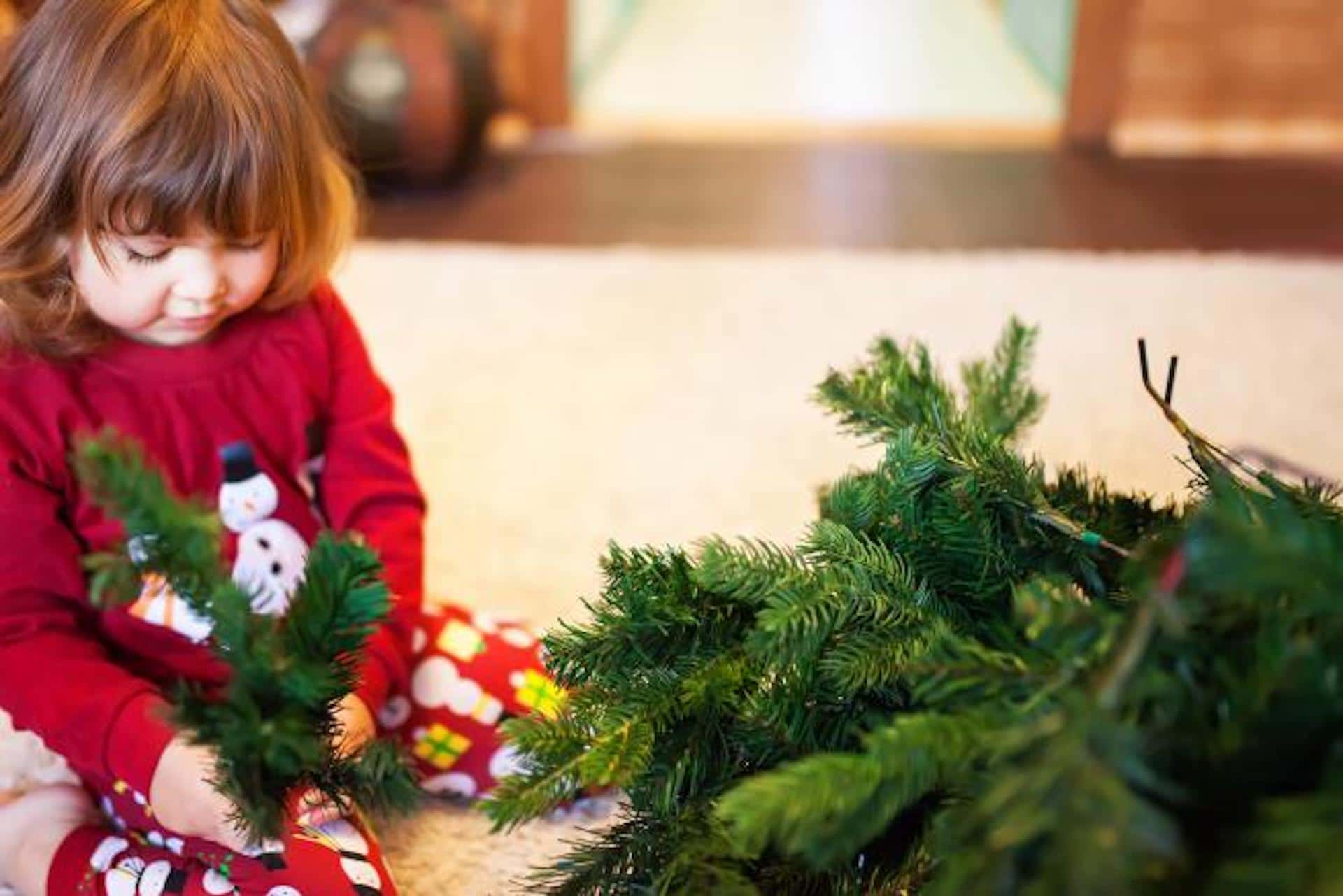A freshly-cut Christmas tree helps to create a festive atmosphere in any home, whether in Northeast Pennsylvania or elsewhere.
The smell alone makes it feel like Christmas! From keeping it watered to disposing of it properly, a real tree requires more TLC than an artificial one.
You should also be aware that there’s a strong likelihood bugs are lurking in the branches of your tree. One real Christmas tree could contain up to 25,000 bugs! Most are not noticeable at first—they could be hibernating, or not yet fully developed.
When they come into a warm and cozy house, they could mistakenly think it’s spring, quickly transforming your holiday from blessed to bug-infested in no time.
If you choose a real Christmas tree, be aware of the various kinds of bugs that may be hiding in its branches, and how to get rid of them.
What kinds of bugs are in real Christmas trees?
Some of the most common Christmas tree bugs include:
1. Aphids. Different species of aphids are attracted to Christmas trees, namely the balsam twig and Cinara aphids. These insects are usually found on a tree’s lower boughs. They are usually black or brown, and can also be red or green—Christmas colors, for sure, but there’s nothing festive about them. They are usually found in evergreen, pine, balsam fir, spruce, Fraser fir, and white fir trees.
2. Spiders and mites. Tiny red and brown dots on a tree’s branches are a good indicator of spiders or mites. They are commonly found in fir, white pine, Norway spruce, and Scotch pine trees.
3. Adelgids. Even if you’re not familiar with adelgids, you may have seen them before. They are tiny insects that produce a wax-like substance that looks very much like a light coating of snow. Adelgids particularly like fir, white pine, Norway spruce, and Scotch pine trees.
4. Pine needle scale. That fine white dusting of snow on the trees? It could be pine needle scale, insects that can infest the entire tree. The white spots on the tree’s needles are “scabs” protecting the insects during the winter; tiny red bugs will later hatch. It is mostly found on Scotch pine, Norway spruce, and Douglas fir trees.
5. Sawfly. Sawflies are small black cocoons that hatch black and yellow flies. They are mainly found on spruce or pine trees.
6. Praying mantises. These insects leave behind a walnut-sized egg sac which can contain up to 400 eggs. After several weeks of being inside, this sac will start to hatch. Praying mantises can be found on any type of tree.
7. Bark beetles. Bark beetles are cylindrical-shaped, red, brown, or black insects approximately the size of a grain of rice. Small holes and sawdust trails on the trunk are two signs of bark beetles; they are commonly found on Monterey pines, ponderosa, Coulter pines, Jeffrey pine, white pine, and junipers.
Common mistakes with real trees
Whether you go old school and go into the woods to cut your own tree, or you take an outing to local Christmas tree farms for your family’s evergreen, a common mistake is to not carefully check the tree before bringing it into your home.
Christmas is an exciting time of year. Don’t put a damper on everyone’s celebration by (unknowingly) making a buggy tree the centerpiece of your holiday festivities.
Besides not checking for bugs (and other small creatures, like squirrels), here are other common mistakes many people make with real Christmas trees:
- Not watering the tree often enough (dry tree + Christmas lights = fire hazard)
- Using a tree stand that does not fit the tree trunk. If the stand is too small, the tree won’t get enough water and will dehydrate quickly.
- Over- or under-estimating the size of the space versus the size of the tree. Always measure the space before you cut down and bring in the tree!
- Placing the tree near a heat source (i.e., fireplace, radiator, space heater). No, no, no! The tree will dry out quickly, and obviously being close to a flame or open heat source is a tremendous fire hazard
Tips to make sure the bugs are out (and not in your home)
Take steps to protect your home and the tree from additional bug occupants before you even bring the tree home.
Before cutting it down, inspect the tree carefully. Look for any white egg sacs or fully-grown insects on its branches, needles, and trunk. Remove any branches with obvious signs of insect activity, birds’ nests, or other wildlife habitation.
Workers at some tree farms will give the tree a vigorous shake at checkout time for you before it’s loaded onto the roof of your car. This will dislodge any insects lurking within its branches or trunk, and hopefully, cause them to fall off.
If you are strictly DIY for your tree, keep the tree outside in your garage or shed for a few days before bringing it inside. The cold may kill some of the insects hiding within its branches. After a few days, place the tree over a white sheet and give the tree a good shake to loosen any bugs that may still be in its boughs. Toss the sheet away; vacuum up any bugs that have fallen from the tree.
Finally, give the tree a dusting with Diatomaceous Earth, a chemical-free, odorless insecticidal powder, before bringing it into the house. This product will dry out any remaining bugs left on the tree. Shake the tree one more time to get rid of the dead insects and excess powder, and you are ready to start trimming!





























